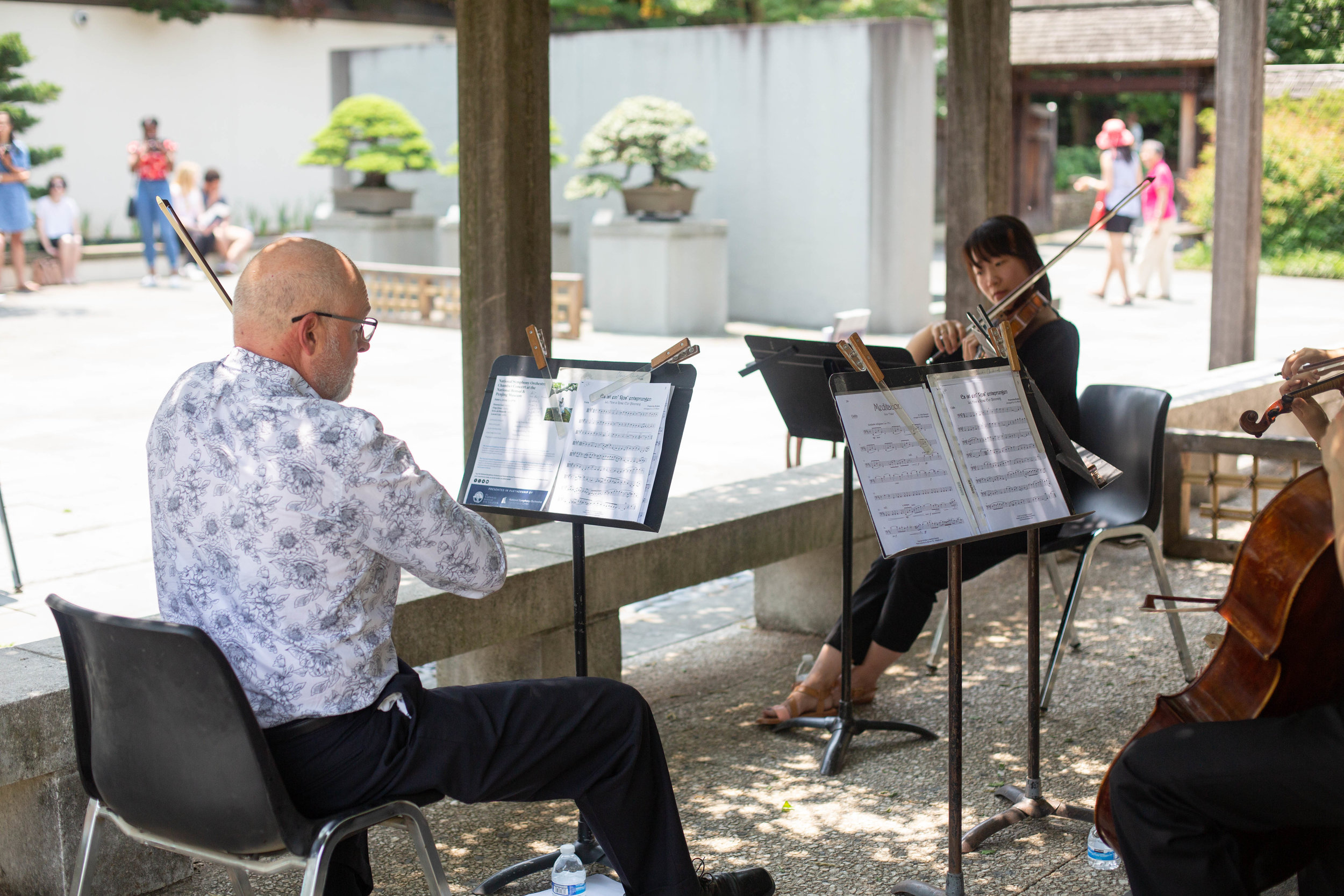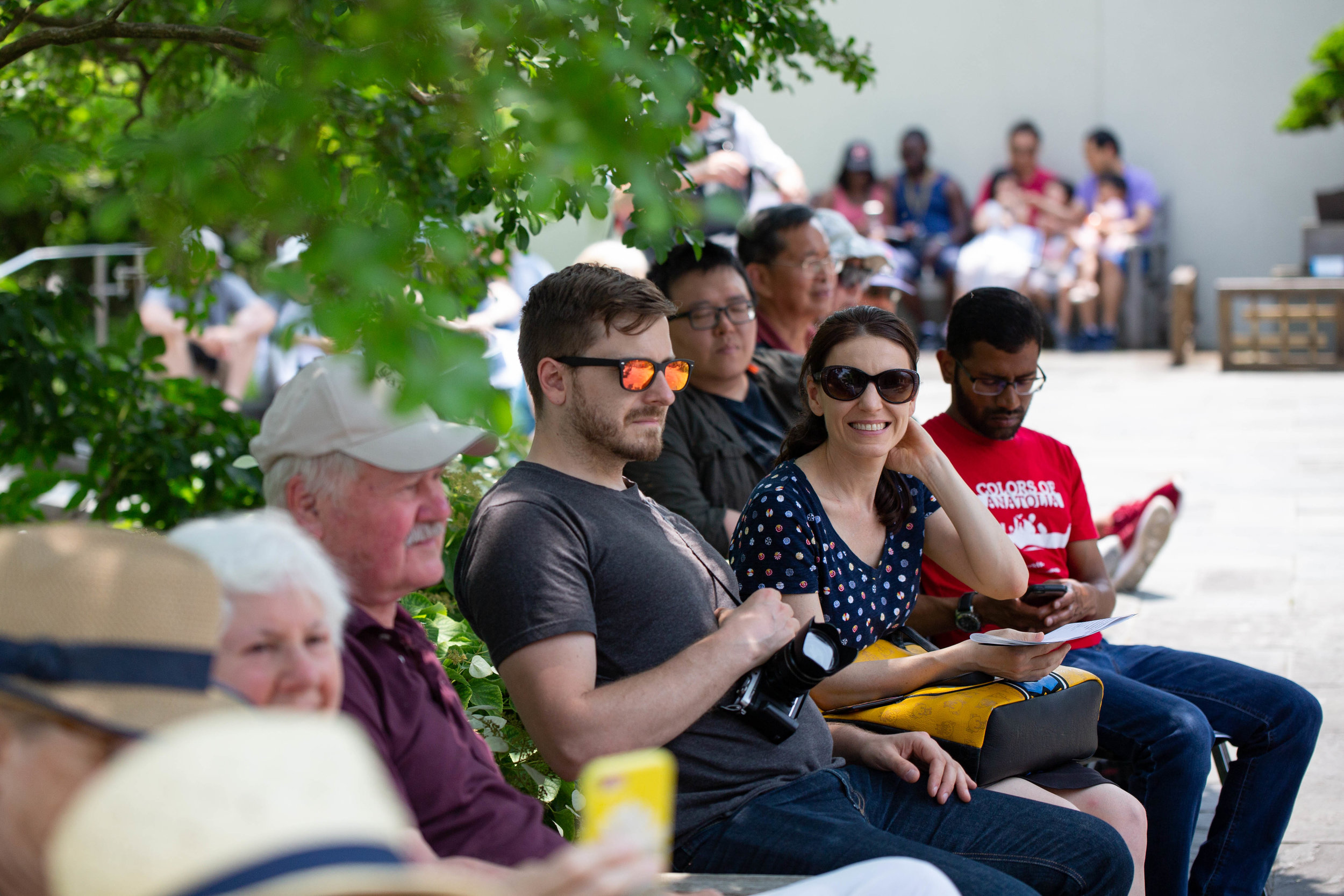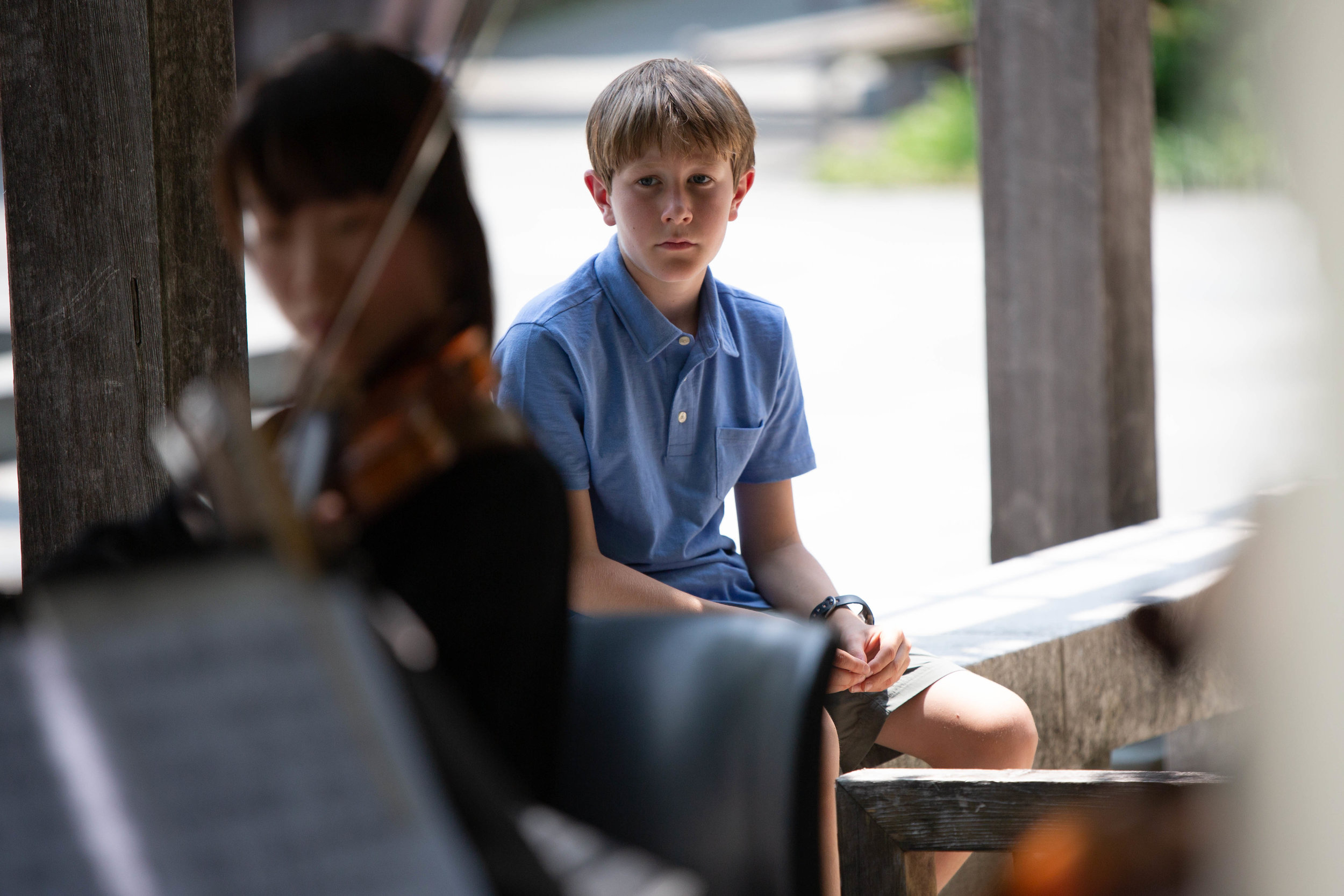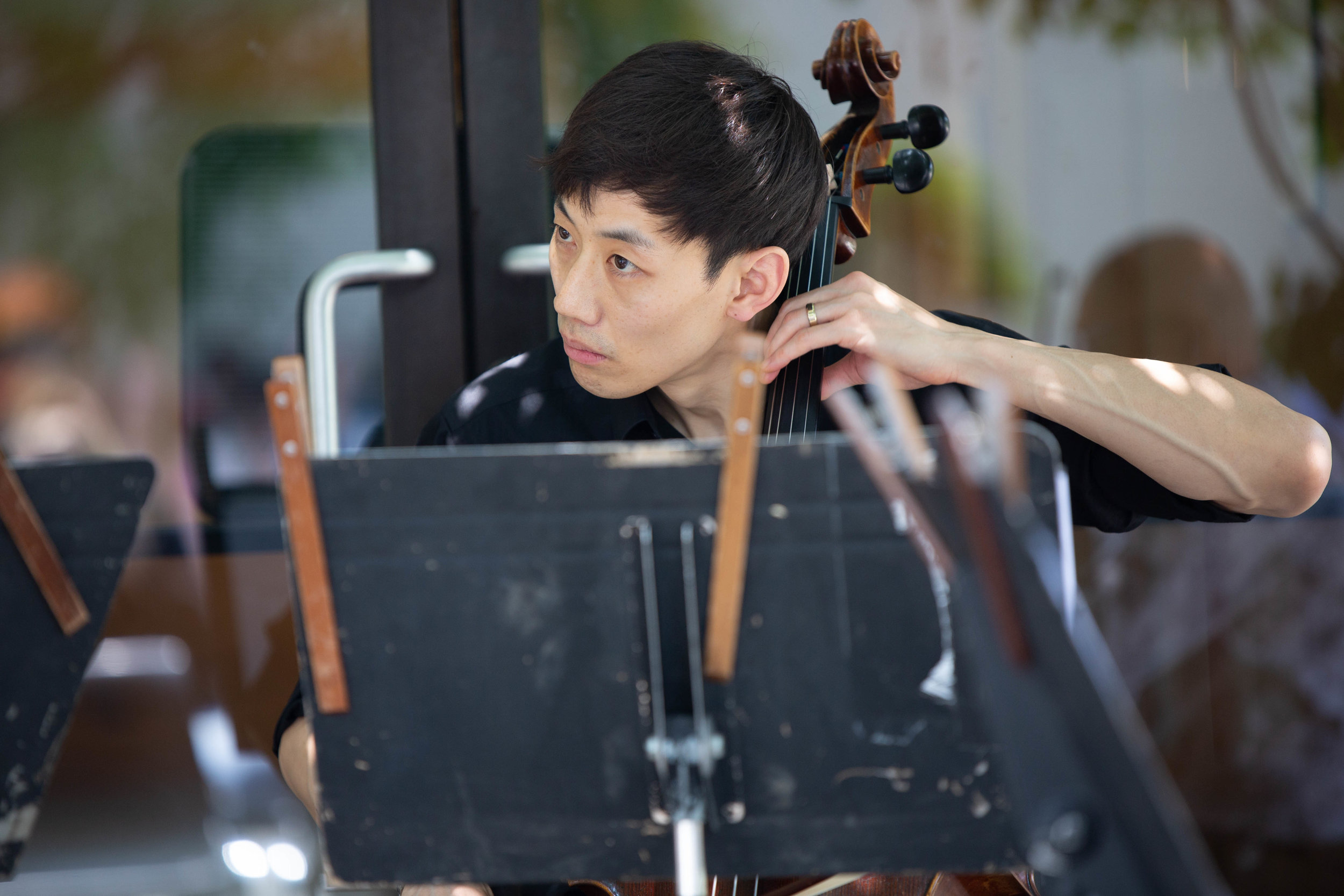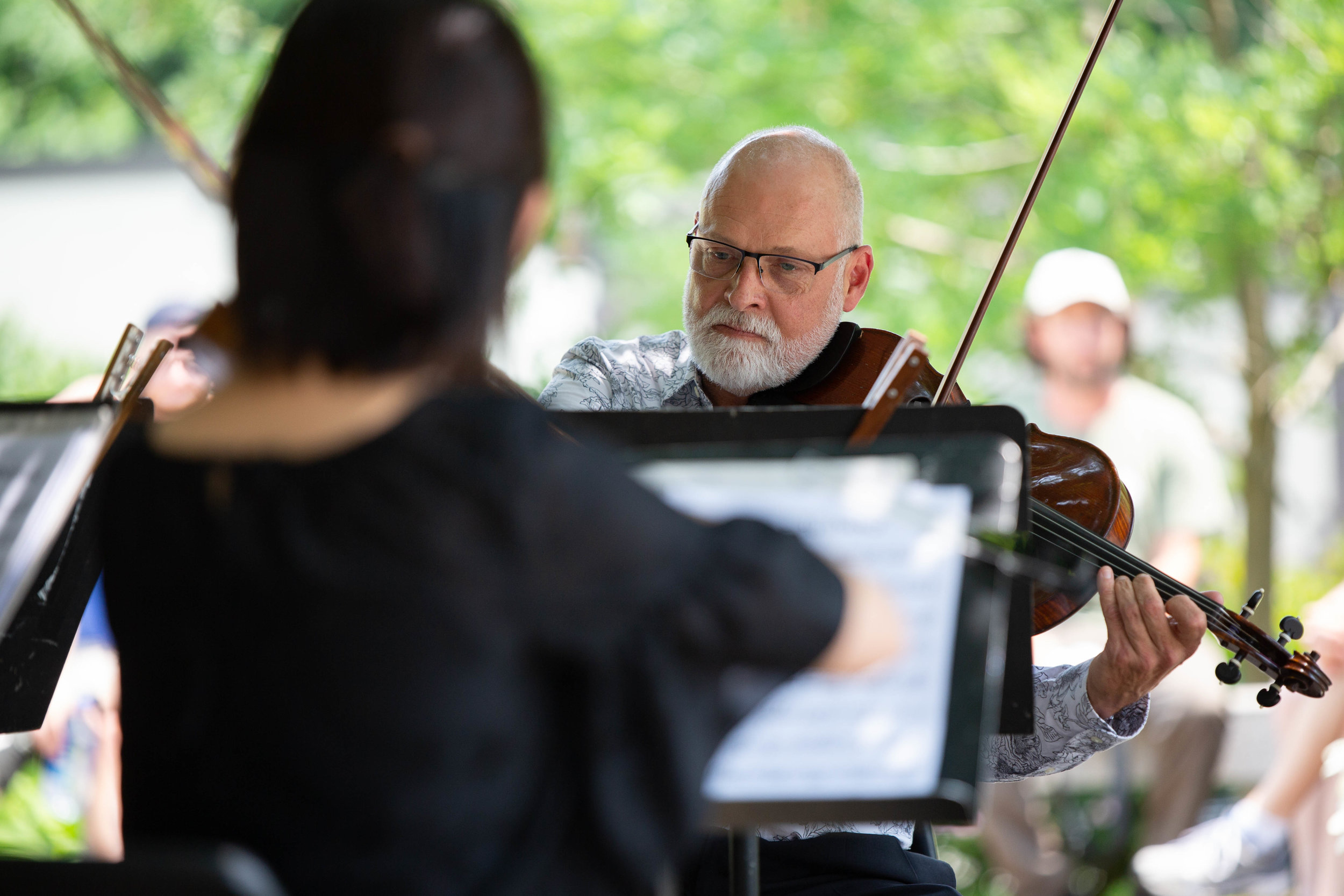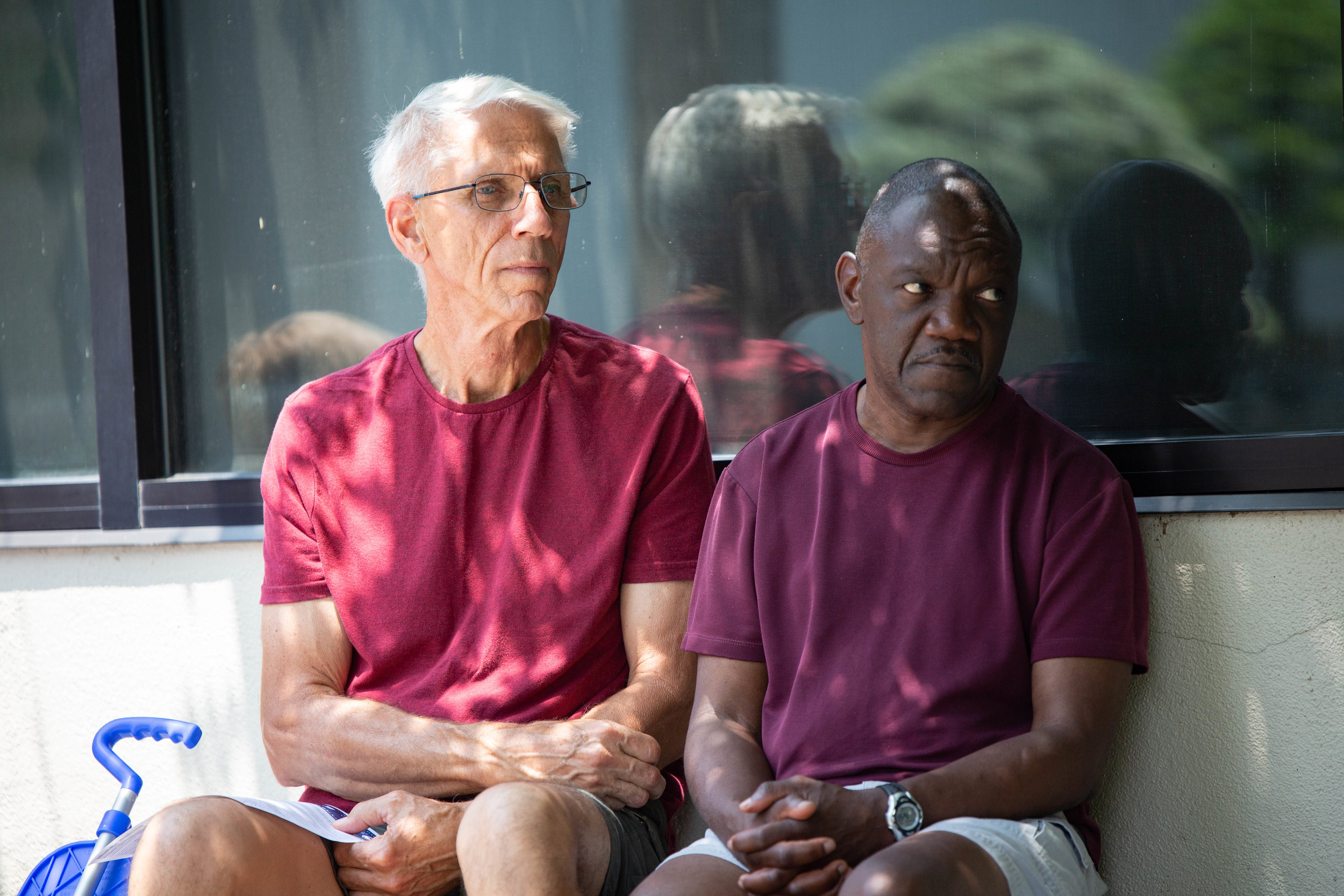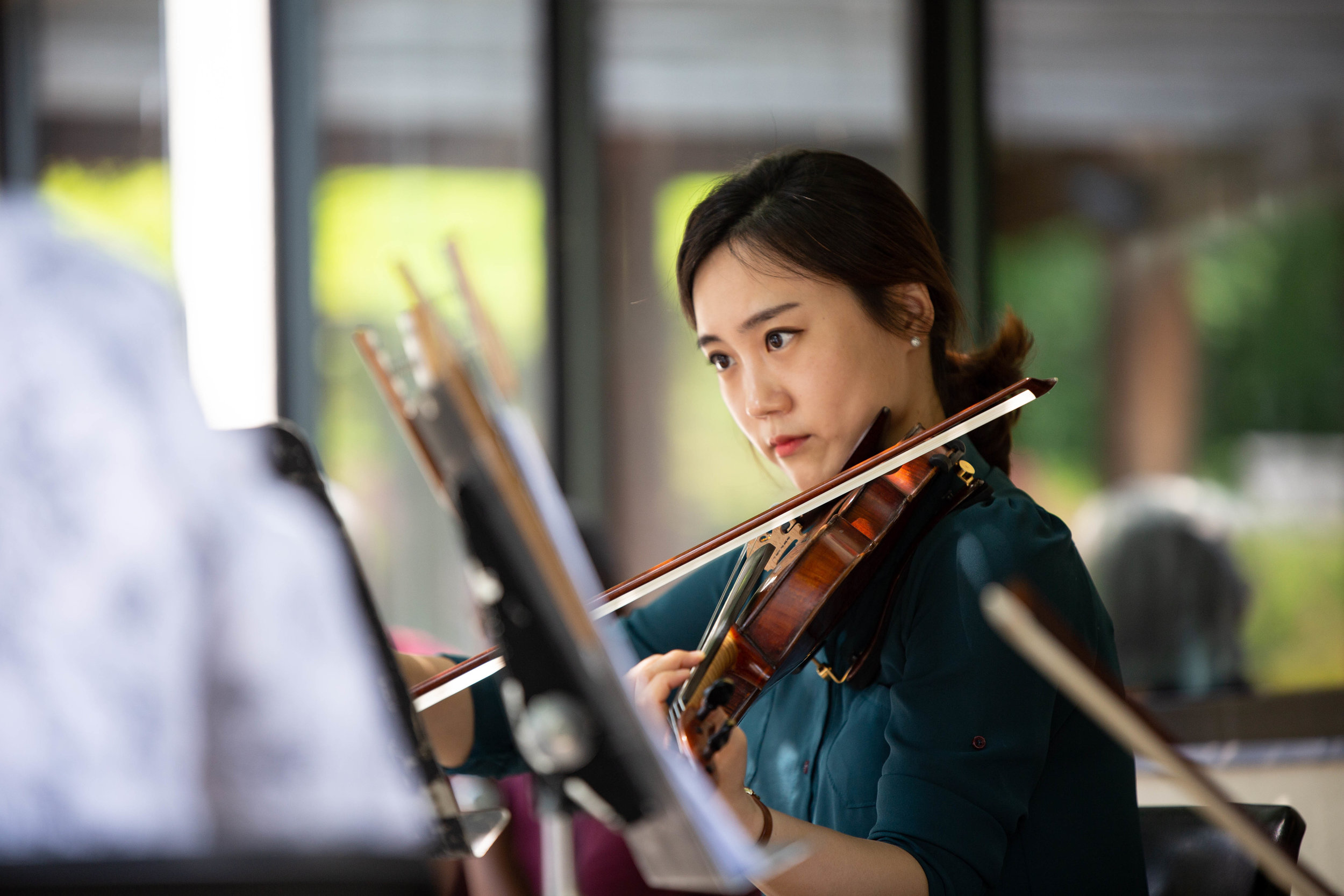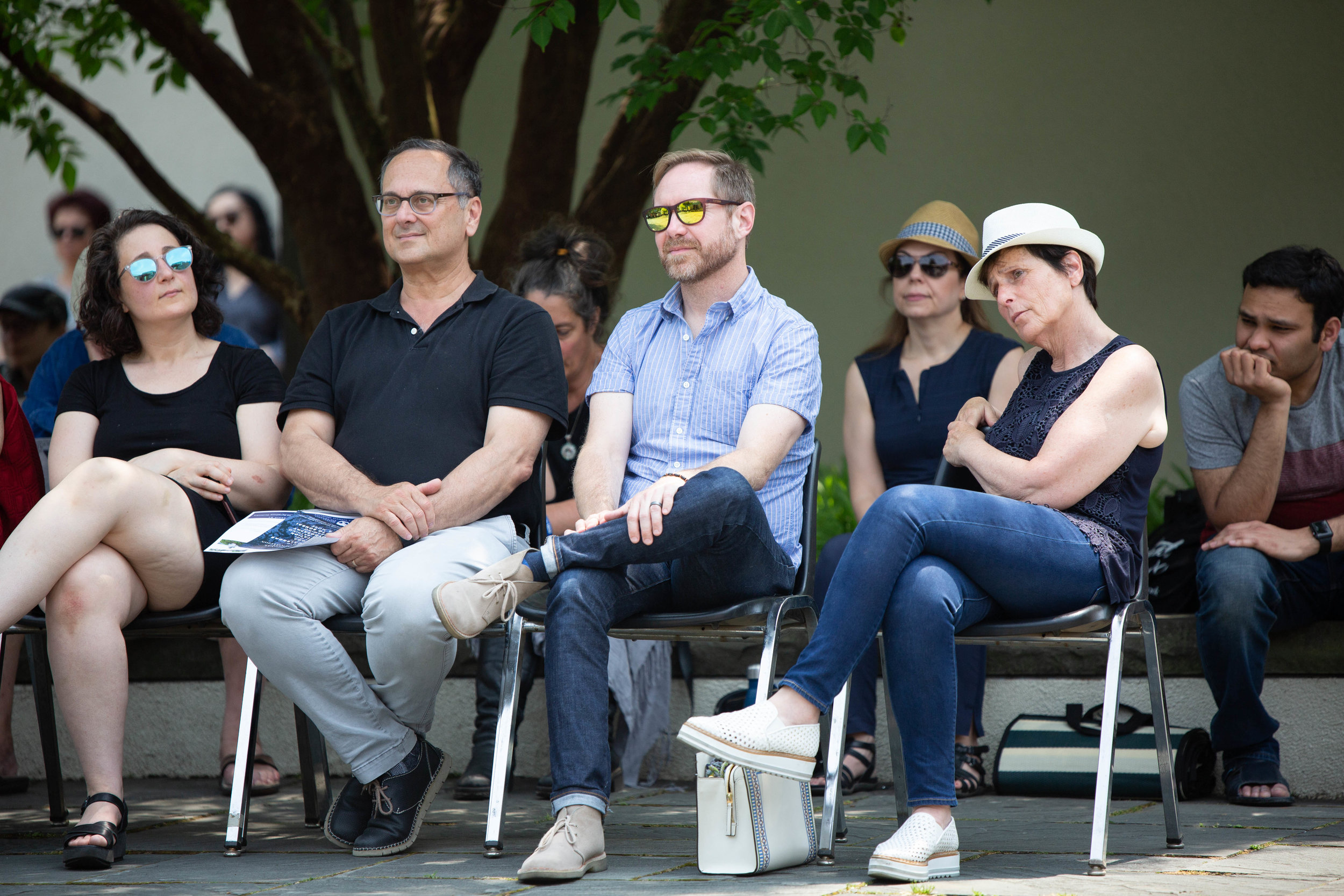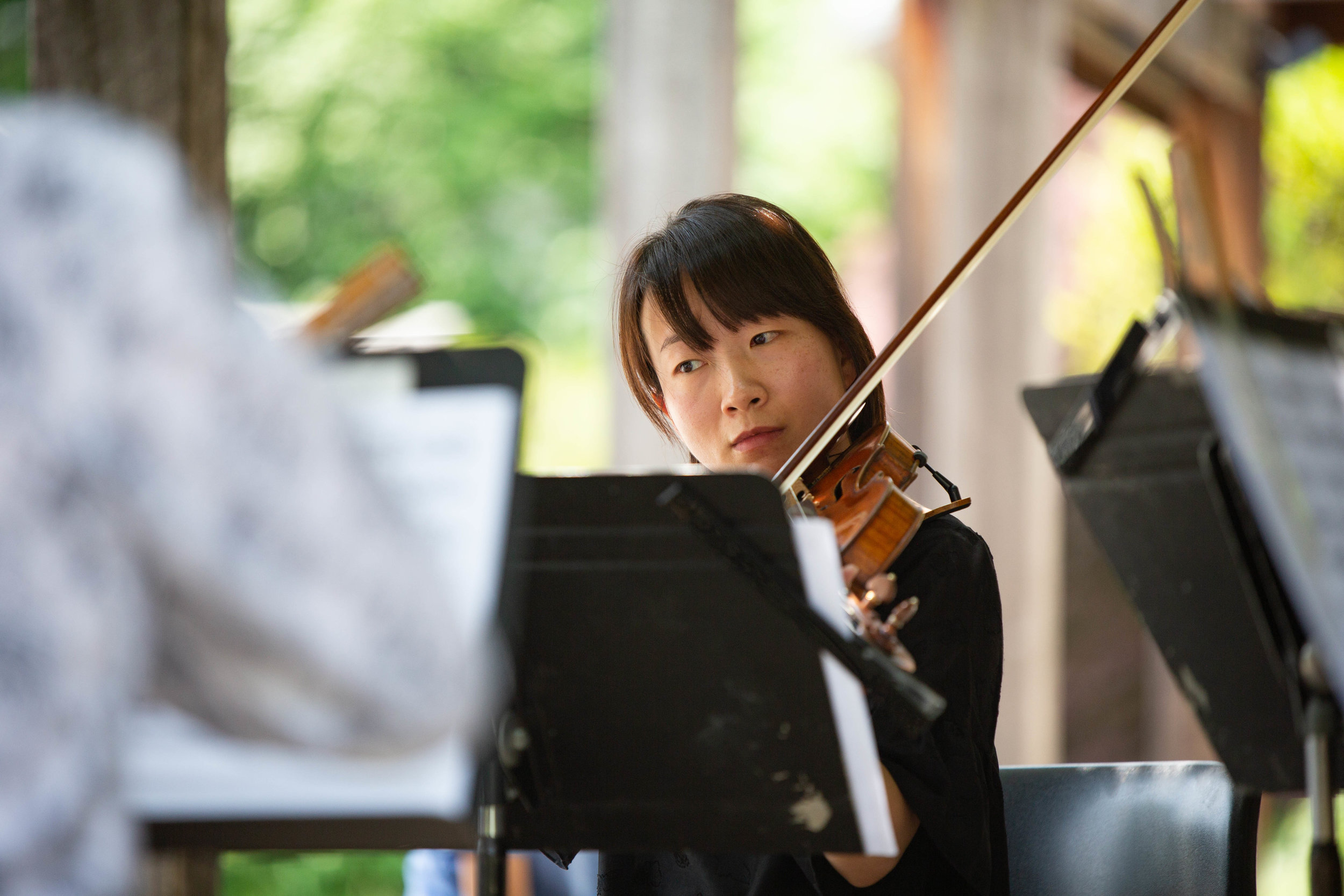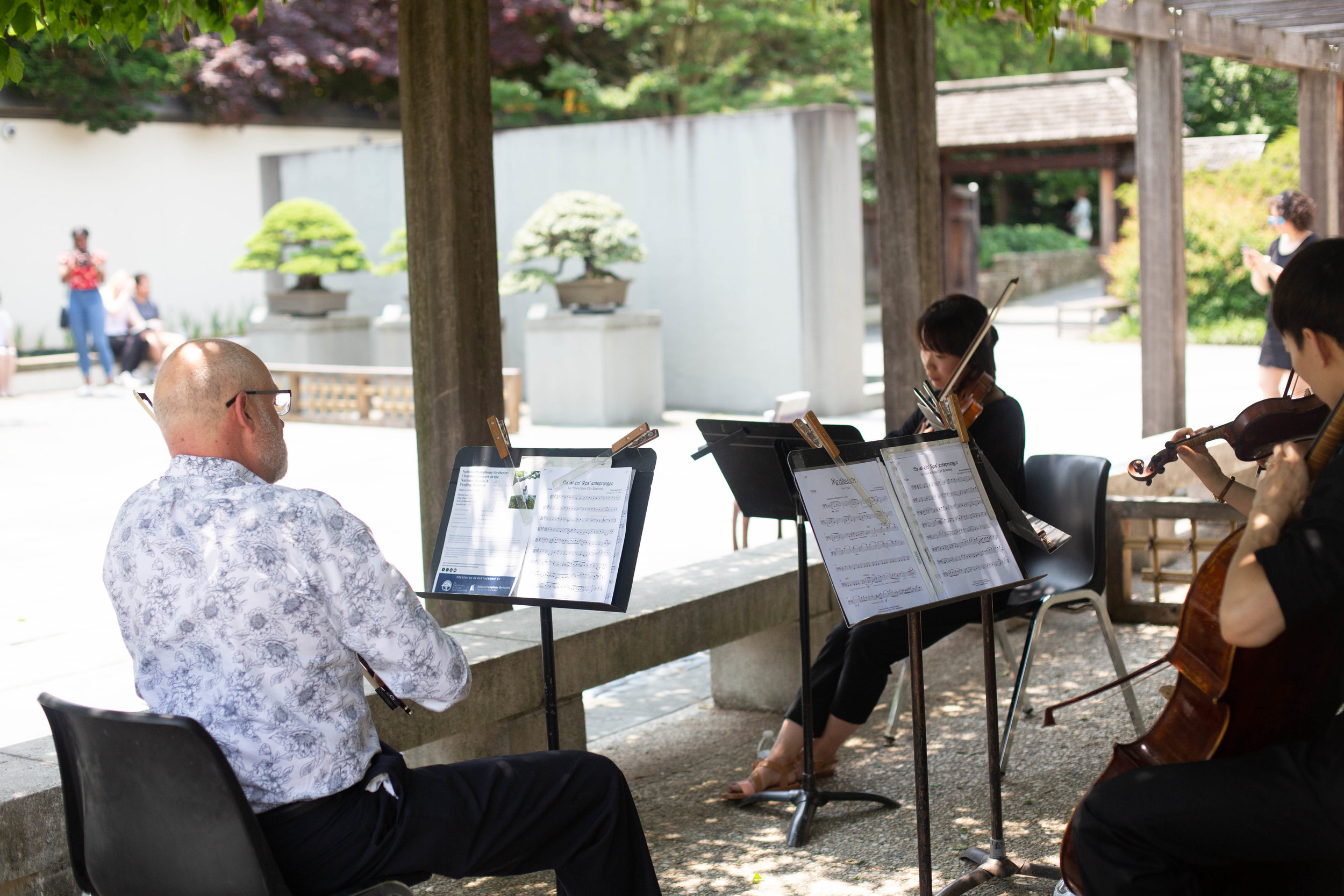Photo from Tomas Eric Sales/Asian Development Bank
The National Bonsai Foundation was honored to host, and tour distinguished guests of Ambassador Chantale Wong (United States Director of the Asian Development Bank) from the Asian Development Bank, National Museum of Asian Art, the White House and Japan on a recent beautiful spring Sunday. NBF Board Chair Jim Hughes led the tour around the National Bonsai & Penjing Museum grounds. Those in the group picture above:
Jim Hughes, National Bonsai Foundation Board Chair
U.S. Representative Mark Takano, (D-CA 41)
Erika Moritsugu, Deputy Assistant to the President and Asian American and Pacific Islander Senior Liaison, The White House
Masatsuga Asakawa, President, Asian Development Bank
Ambassador Chantale Wong, United States Director of the Asian Development Bank
Ross Campbell, Board Member, National Bonsai Foundation
Frank Feltens, PhD, National Museum of Asian Art
Haruto Takimura, Chief Advisor to the President of the Asian Development Bank
Laura Schwartz, Senior External Relations Officer, Asian Development Bank
Mieko Kuramoto, Legislative Correspondent for Representative Takano
In the picture below, Assistant Museum Curator Andy Bello brought the tour to a close in the staff workroom with a brief explanation of his work on a Chinese Quince Orchard Forest. This tree was donated to the Museum by past curator, Warren Hill. It was started from seed and has been in training since 1975.
Photo from NBF Board Member
NBF is grateful to have spent time with the group remembering and celebrating the longstanding relationship between the United States and Japan, strengthened by the extraordinary Japanese gift to our country that formed the beginning of the Museum. NBF looks forward to bolstering those ties and hopes to welcome our guests for another visit soon.
















